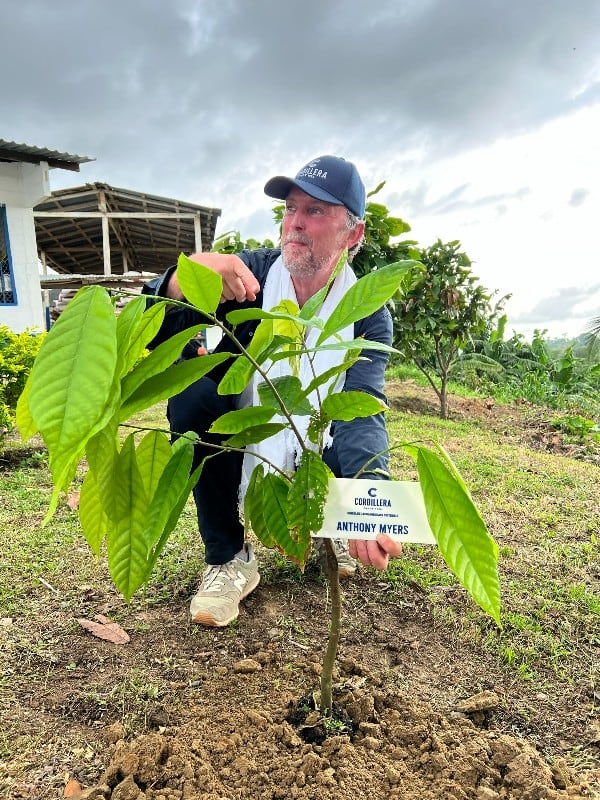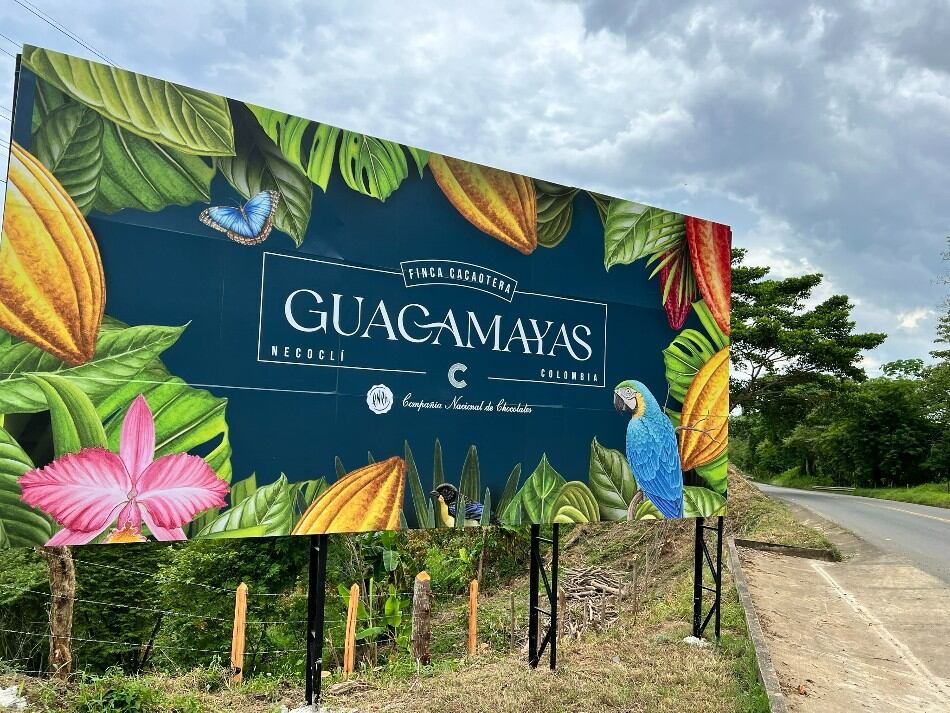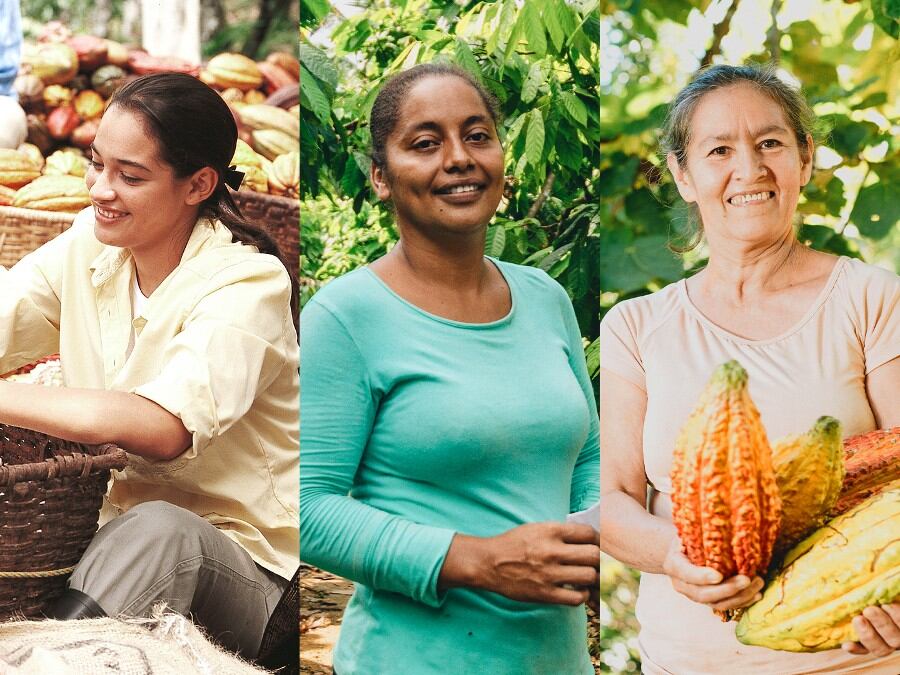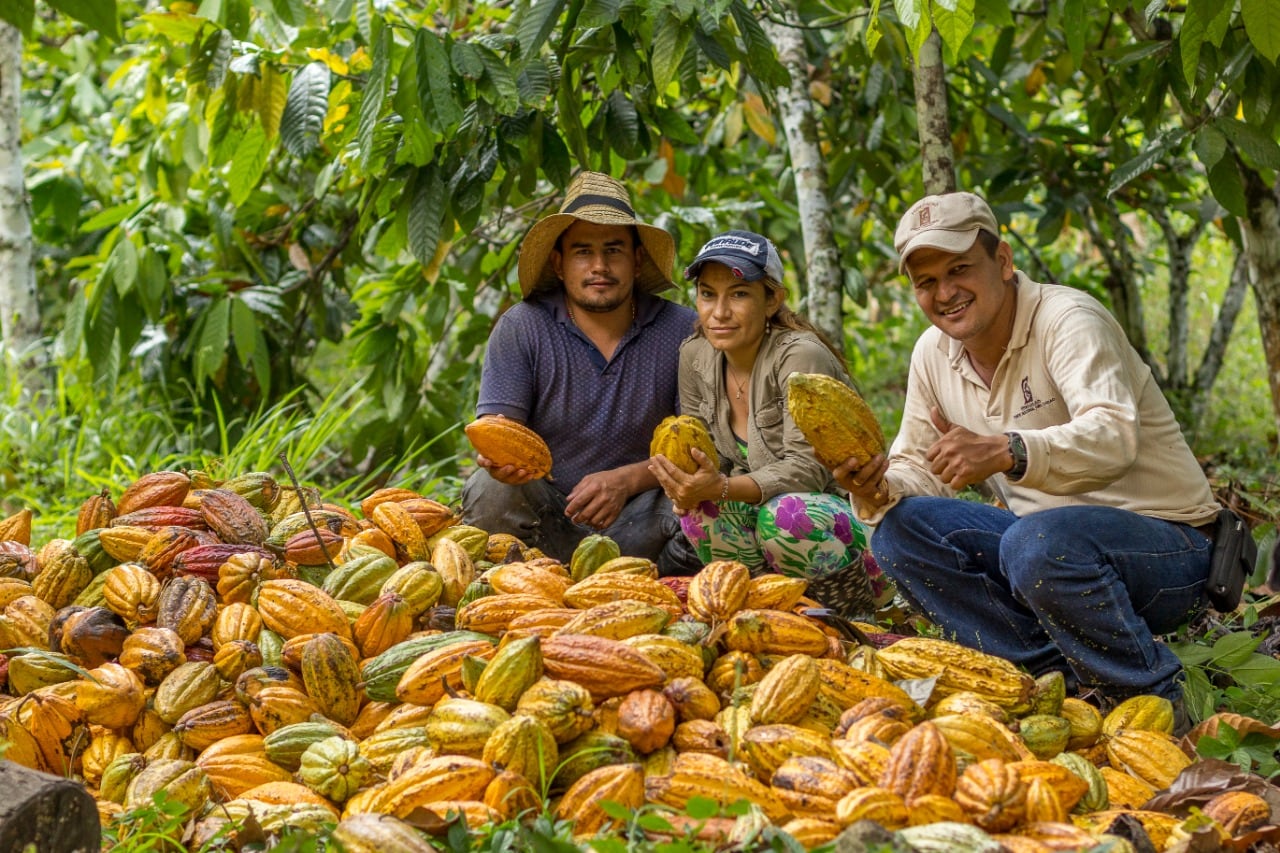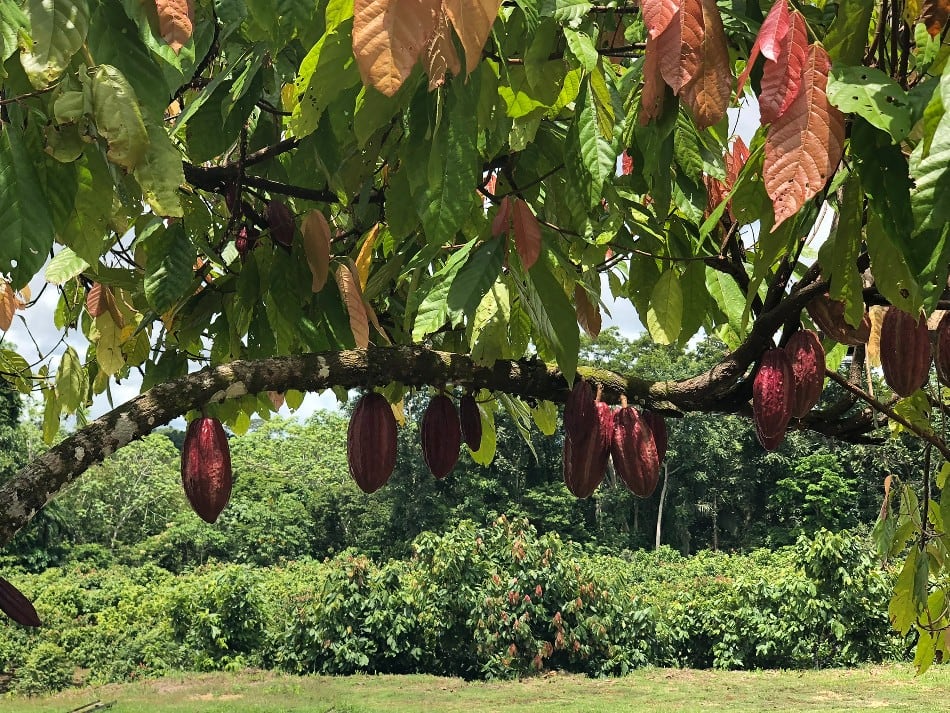The farm is a working farm, roughly 500km north-west of Medellin, used for the commercial production of cocoa beans with most of the crop going to Cordillera Chocolates, the company’s B2B brand. The land stretches over 400 hectares of natural and diverse habitat before lowering to the tip of the Caribbean Sea at its most northern point.
While the department of Santander is Colombia’s main producer of cocoa, with 41% of total production, Antioquia accounts for a share of 9% as farming in this area is dominated by banana growing. However, although small in scale in terms of cocoa output, Guacamayas is part of a wider initiative to more than double Colombia’s total cocoa production of approximately 70,000 metric tonnes in five years’ time.
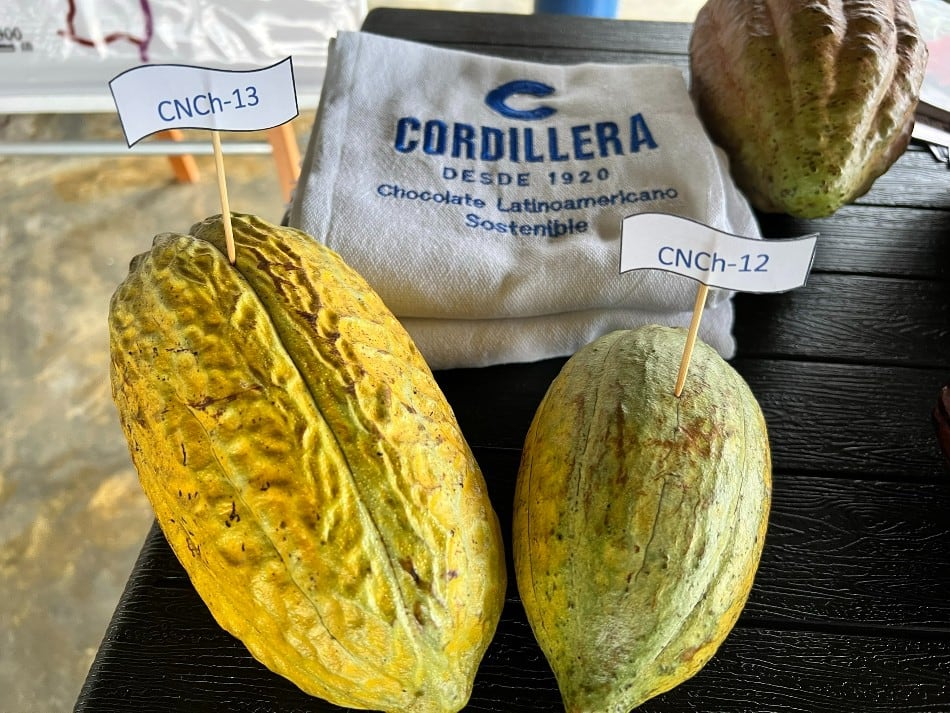
Juan Fernando Valenzuela is Compañía Nacional de Chocolates Cocoa Purchasing and Agricultural Development Director and has been at the forefront of working to increase productivity on the company’s various farms while protecting the environment.
“It’s a transformative and informative process,” he explains. “Colombia is the second most diverse country in the world, yes production is increasing each year, and we are helping by growing seedlings in our nurseries to distribute to farmers.”
The farm lies just five metres above sea level so produces some of the finest Colombian cocoa thanks to the cultivation of the cacao criollo bean, a native to Central and South America and the Caribbean islands, which only accounts for 5% of the world’s cacao production.
Yes, production is increasing each year, and we are helping by growing seedlings in our nurseries to distribute to farmers -- Juan Fernando Valenzuela
Although lower in yields than other varieties of beans, criollo cocoa has a classic chocolate taste and is rich in secondary notes, but with the ‘primo’ flavour comes environmental threats that contribute to low yields of these and other varieties of beans.
Valenzuela’s biggest concern is the spread of Monilia or ‘Frosty pod rot’, a fungal disease that can cause up to 90% loss in a cacao farm if not controlled through chemical or physical means. He says the farm tries to limit the use of chemicals and instead instigates dedicated ‘awareness days’, with farm hands actively inspecting the trees for any signs of the disease and nipping it in the bud before it can spread.
He estimates that 50% of Colombia’s crop is lost to Monilia, so eradicating it would considerably boost the country’s cocoa production. Another huge development to increase output is the successful introduction of two new clones – CNCH13 & CNCH 12 - developed by Compañía Nacional de Chocolates and the first from a private company to being officially recognised by the Colombian Cocoa Council as new varieties.
The culmination of 15 years’ research at Compañía Nacional de Chocolates experimental farm Yariguíes, the CNCH 13 variety, in particular, is already bearing fruit, increasing yield because of the clone’s enhanced resilience to disease and the environment.
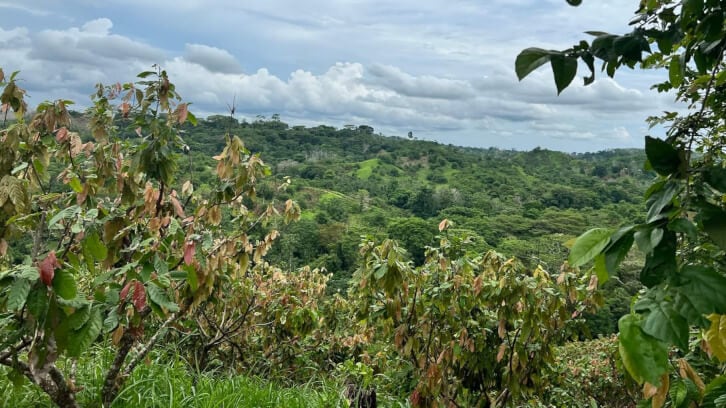
“It is going to have a great impact on the industry, and we are already giving away CNCH13 seedlings to farmers, as well as planting on our own farms,” says Valenzuela. “It is going to be a game-changer for Colombian cocoa.”
Unlike most other cocoa-origin countries, Colombia can effectively target both its domestic and international markets with increased production volumes. Because the producer price paid by Nutresa (Compañía Nacional de Chocolates’ parent group) is above prices paid to producers in most other cocoa-growing countries, there are incentives for the farmers to produce more to earn more for their families.
Nutresa has played an active role in increasing cocoa production for over 50 years, and the country no longer relies on importing cocoa from other countries such as neighbouring Ecuador. The group forms alliances with farmers to ensure the purchase of their product directly and will help provide technical, social, and corporate support. Nutresa also provides training to several hundred cacao producers and technicians on an annual basis.
The Guacamayas Farm is split into 56 sectors and is farmed with sustainability at its heart, rotating the different farming practices to maintain the area’s natural diversity. Among the cocoa trees are natural shade and fruit trees and the farm is also home to at least 122 species of birds, and 75 people are actively employed at Guacamayas.
As well as planting and harvesting, the beans are fermented, dried, and packed on the farm, ensuring complete traceability all the way to the company’s own factories.
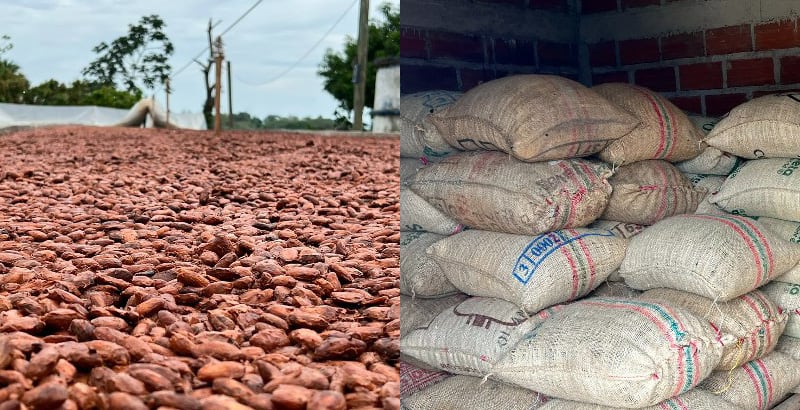
Mindful of new legislation and stricter laws on deforestation, particularly in the EU, Valenzuela says they are trialling new satellite software to focus on traceability within its cacao value chain as Colombia looks to ramp up its exports to other markets on the back of increased production.
In a separate scheme, Cordillera Chocolates has launched a new initiative called ATENEA to help female cocoa farmers become more independent and entrepreneurial and therefore also helping to boost the country’s cocoa output.
For now, the initiative has been developed for Antioquia and was launched in Apartado, the region’s capital, but there are plans to roll out ATENEA to other cocoa communities in Santander, Arauca, Huila, Tolima and Nariño.
Like the CNCH13, the company hopes the ATENEA scheme will be a game-changer for the country, and ConfectioneryNews will look more closely at its implications for the cocoa sector in general in a follow-up article in the coming weeks.
